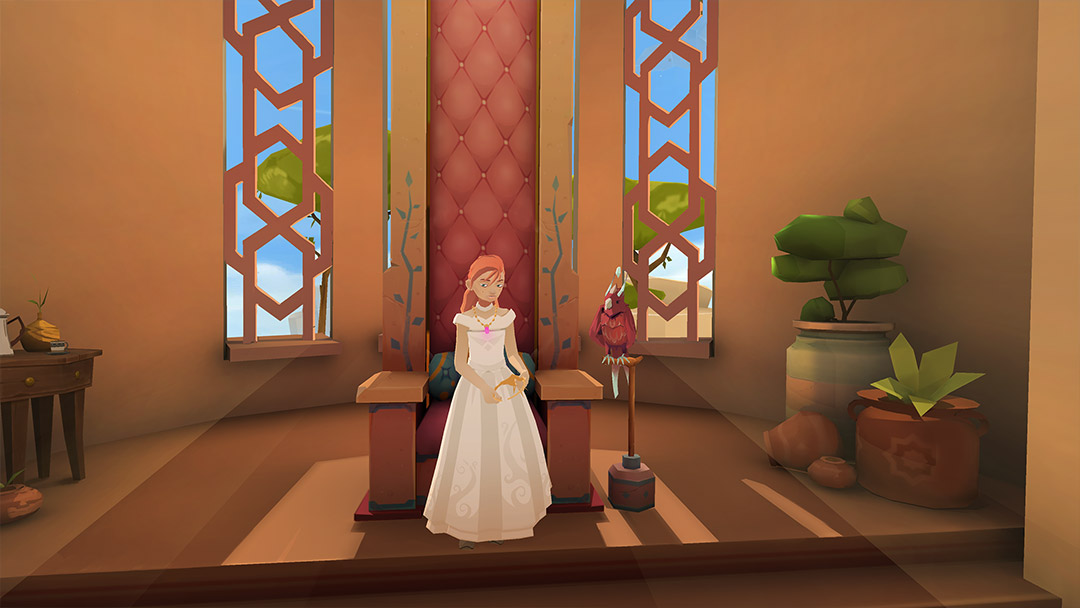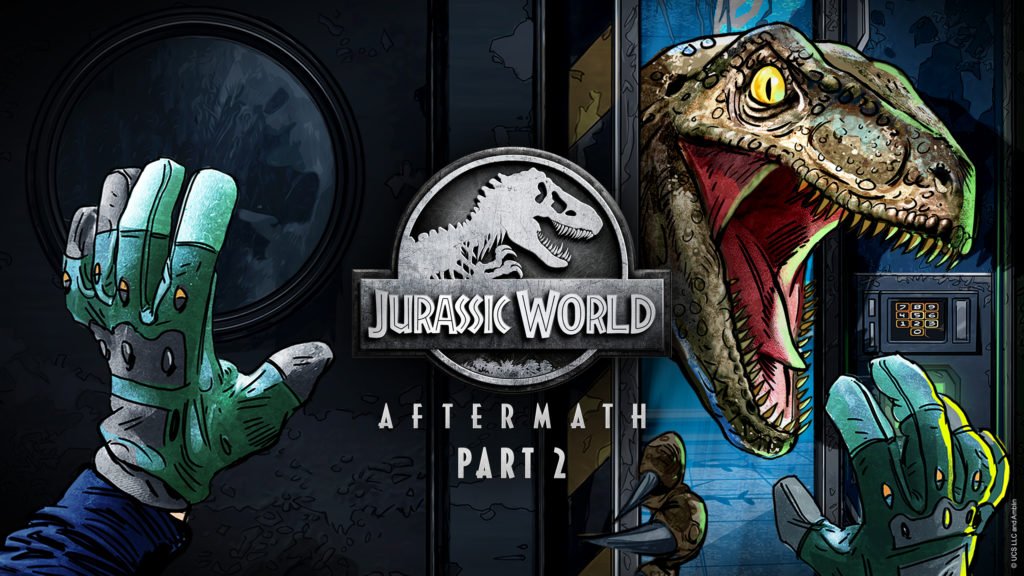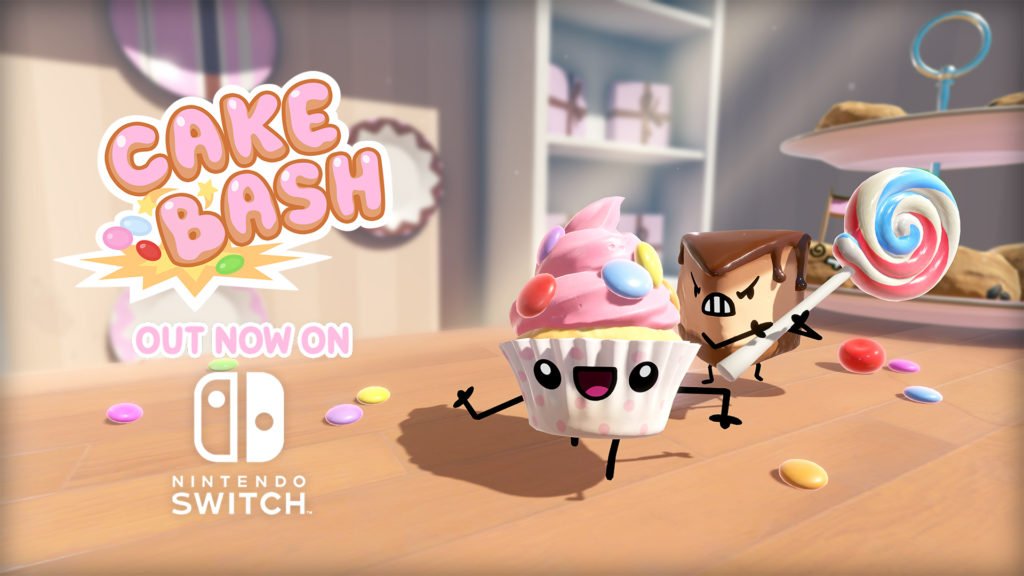Shadow Point Dev Diary – Round the Final Bend
The Early Stages
Shadow Point is almost here, so I thought I’d take this opportunity to document a few of the more mind-bending aspects of developing Coatsink’s VR puzzler. Spoiler-free, of course. I’m not a savage.
Coatsink conceived Shadow Point in Autumn 2017 on four core pillars:
1. To constantly subvert the player’s expectations through gameplay and narrative.
2. To make full use of ‘six degrees of freedom’ for an experience that can only work in VR.
3. To be a great puzzle game, with an intuitive and open approach, allowing players to tackle challenges at their own pace.
4. Finally, to tell a brilliant story.
The first task on our suddenly massive to-do list was to devise an arena – a place to ‘subvert expectations.’ Immediately the science fiction and psychological horror genres seemed an obvious start. It’s easy to imagine an underground lab causing tears in the fabric of reality, or a terrifying descent through the mind of a madman. But we’ve seen plenty of games (and movies and TV shows) using these motifs, and VR certainly has competition for stellar horror experiences. We wanted to create something different.
Instead, we aimed to inspire wonder. A relaxing
Shadow Point involves multiple interaction types and it was a challenge ensuring they remained both cohesive and visually distinct, either via shape language or colour. The world and environments were where we could really spread our wings, imagining all the details of this fantasy space, particularly given the extraordinary way it came into being…
The Protagonist
For my part (Jon, Narrative Designer, hi) this meant devising a story which could be experienced in any order. Not to sound glib, but the thing about great stories is that events tend to unfold in a specific sequence. Early drafts saw the player ‘solving’ the story
The second writing hurdle was ensuring the player-character (Alex Burkett) was active in the story. While the initial hook of Shadow Point is a straightforward mystery – What happened to Lorna McCabe? – I was keen for the player to be more than simply a detective piecing together the past. Instead, I wanted them to have
This meant Alex needed their own
Of course, playing with your reflection is just one of multiple mind-bending puzzle mechanics Shadow Point employs and
The most challenging part was devising interesting, consistent and scalable interactions then making sure the player understands them. Introductions to new mechanics must be carefully choreographed – if a player can’t comprehend the challenge, they won’t learn how to overcome it. The fun part of any puzzle is solving it, and that journey needs to feel smooth enough to avoid frustration, but tough enough to be invigorating. This is the puzzle game paradox!
Animating Characters
Finally, the animation schedule. Because we wanted to hand-animate the important story sequences, chunks of dialogue needed to be recorded over a year in advance, which felt akin to shooting the chase scenes for a movie before you’ve written the script:
A game is not a screenplay or a novel, where you submit your work once it’s finished. Often on a project, the whole team starts at the same time – the artists, animators, designers and the writer. You have to commit to decisions early and run with them.
However, this approach allowed Coatsink’s animation team enough time to hand-craft nearly a dozen sequences. I asked our Animation Director about the hurdles.
We wanted to give the player as much connection to the animated character as possible, so allowing the player to get close enough to see their face was crucial – but not so close they could walk through them. We initially locked movement during these story moments but, after testing, we discovered VR players desired more freedom. This meant we had to develop a system for the animated characters to follow the player – but in a subtle and natural way. It was tricky balancing this movement with the emotion of each performance.
To close, it’s been a blast working on Shadow Point and, personally, I can’t wait to see what fans of the Oculus Quest and Rift platform make of this mind-bending mystery-puzzler…
Perhaps something they never expect.

Jon D - Narrative Designer
A writer from Leamington Spa. Jon’s worked in video games for over twelve years on titles including Guitar Hero Live, DJ Hero and, after joining Coatsink in 2016, the critically acclaimed Augmented Empire.
SUBSCRIBE TO RECEIVE A DRM-FREE COPY OF CHIP
Plus, get access to exclusive news and sneak peeks of games from us and our trusted partners.
Data stored as outlined in our Privacy Policy.






